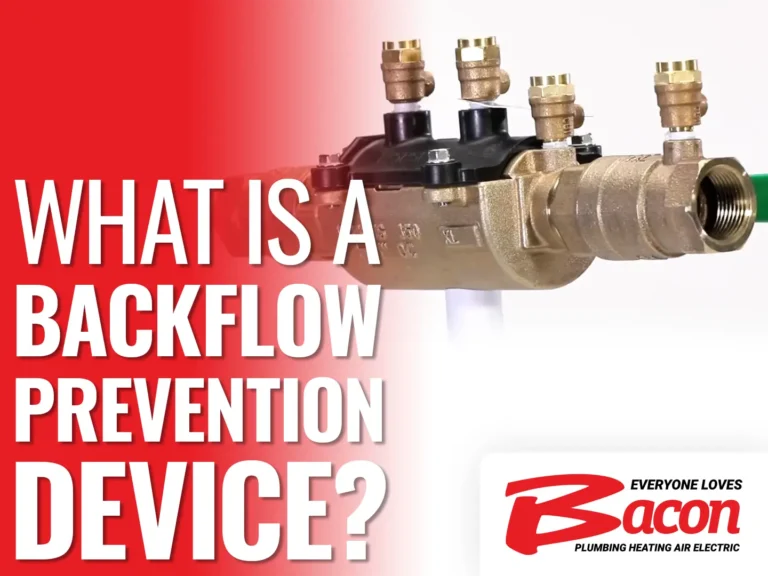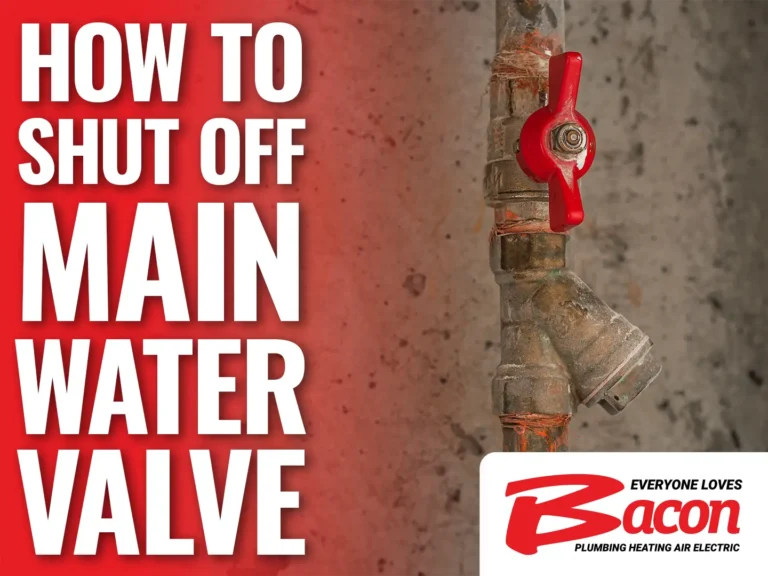When properly maintained and working correctly, water heaters will typically last for anywhere from 10 to 20 years or more, depending on the type of unit. Traditional tank-type water heaters usually last between 10 and 15 years. A new gas tank water heater should last 10 to 12 years whereas electric tank units should last for 12 to 15 years. Tankless water heaters typically have a much longer lifespan and usually last for over 20 years.
Water heaters are prone to a variety of issues and may break down much sooner unless the unit is properly maintained. Here are some tips that can help to extend the life of your water heater.
Schedule an Annual Inspection and Maintenance Service
One of the best things you can do to protect the life of your tanked water heater or tankless water heater is to have it professionally inspected and maintained every year. The process for maintaining a water heater differs depending on the unit type. For instance, gas units need to have their burners cleaned regularly to prevent them from becoming clogged. If the burner is clogged, the unit won’t heat as effectively and will need to run for longer to fully heat the water. This, in turn, leads to greater wear and tear and can cause the unit to need to be repaired or potentially fail more quickly.
If you have an electric unit, it is always important to ensure that the two electric heating elements still function properly. These heating elements will often wear out much sooner than the water heater itself. If one of the heating elements is beginning to wear out or completely fails, the unit will obviously heat far more slowly and may begin to experience other issues that could drastically shorten its lifespan. Replacing a failed heating element is a fairly simple task and can go a long way toward protecting the lifespan of the unit.
When inspecting a water heater, the plumber will always inspect the gas line, electrical connections, burner or heating elements, pilot light, and other components. One of the most important parts of the inspection is to drain the unit and check the condition of the anode rod, which helps to prevent the steel tank on traditional water heaters from corroding.
The water that comes into the tank always contains dissolved mineral ions. When these ions are heated, they can react with the steel tank and start to corrode it. The anode rod prevents this from happening as it basically sacrifices itself so that the minerals react with it instead of the steel tank.
An anode rod is a long steel cable coated in another, more reactive metal—typically zinc, magnesium, or aluminum. Whenever the unit heats, the minerals in the water react with and corrode the metal coating on the anode rod to help protect the tank from rust and corrosion. However, the metal coating will eventually corrode to the point where there is nothing left, which will then lead to the tank beginning to corrode.
The anode rod typically needs to be replaced every five years or so unless you have extremely hard water, in which case, it may only last for two to three years. If you don’t have the anode rod replaced as needed, your water heater will have a shorter lifespan as the tank will corrode more quickly.
Have Your Water Heater Flushed Regularly
Regular draining and flushing are also essential for ensuring that a tank-type water heater is heating effectively and preventing many issues that could shorten the unit’s lifespan. Draining and flushing are technically things that you can do on your own. Still, it makes more sense to have a plumber perform these tasks as part of your yearly inspection and maintenance appointment since they will need to drain the unit to inspect it anyways.
Flushing is done to remove all of the sediment that slowly builds up inside the tank as the unit heats. Whenever the water in the tank is heated, some of the dissolved minerals will solidify into hard sediment that then settle to the bottom of the tank. This sediment layer continues to build over time and will eventually reduce the unit’s effectiveness.
On gas tank-type water heaters, the sediment layer acts as an insulator that absorbs much of the heat produced by the unit’s burner. This results in much less heat being transferred to the water in the tank, which means that the unit will heat far more slowly and need to run for longer periods. As the sediment absorbs heat, it can also cause hot spots to form that can weaken the tank and speed up the rate of corrosion.
On electric units, the sediment can start to coat the lower heating element. This will also cause the unit to heat more slowly and may lead to the heating element failing more quickly. Having your water heater flushed at least once a year will help to remove all of the sediment and ensure that your water heater functions effectively and doesn’t suffer from increased wear and tear.
Draining and cleaning are also important for tankless water heaters. In this case, it is done to prevent limescale build-up that could otherwise limit the unit’s effectiveness or potentially cause it to become clogged.
Watch for Signs That Your Water Heater Isn’t Working Effectively
It is also essential that you have your water heater inspected and repaired at the first sign of any issue. If not, the unit will often have to work harder and be at a greater risk of breaking down and needing major repairs or having a far shorter lifespan. One thing to watch out for is long recovery times, which refers to how long it takes for the water to fully reheat after you’ve used up all of your hot water. Other signs include if your water no longer gets hot enough or you run out of hot water far more quickly. If you do notice any issues that indicate your water heater is functioning effectively, having the problem repaired immediately can be a huge help in extending the life of the unit.
Don’t Set the Temperature Too High
One of the easiest things you can do to extend your water heater’s life is to keep the temperature set no higher than 120 degrees. This is the lowest temperature you should set the unit as anything under 120 degrees creates a risk of bacteria starting to grow inside the tank.
On the other hand, if you set the temperature higher than 120 degrees, then the unit will need to run longer and more frequently and thus suffer more wear and tear. Keeping the temperature set at 120 degrees is also a great way to lower your energy costs since the unit won’t need to run as often.
At Bacon Plumbing Heating Air Electric, we specialize in a full range of water heater services, and our team can help ensure that you get the most out of your unit. We install tank-type and tankless water heaters and can also take care of all your repair and maintenance needs. We also offer a full range of other plumbing as well as cooling, heating, and electrical services for customers throughout the Dallas-Ft. Worth area. Give us a call today if you have any questions or if you need any water heater service.



